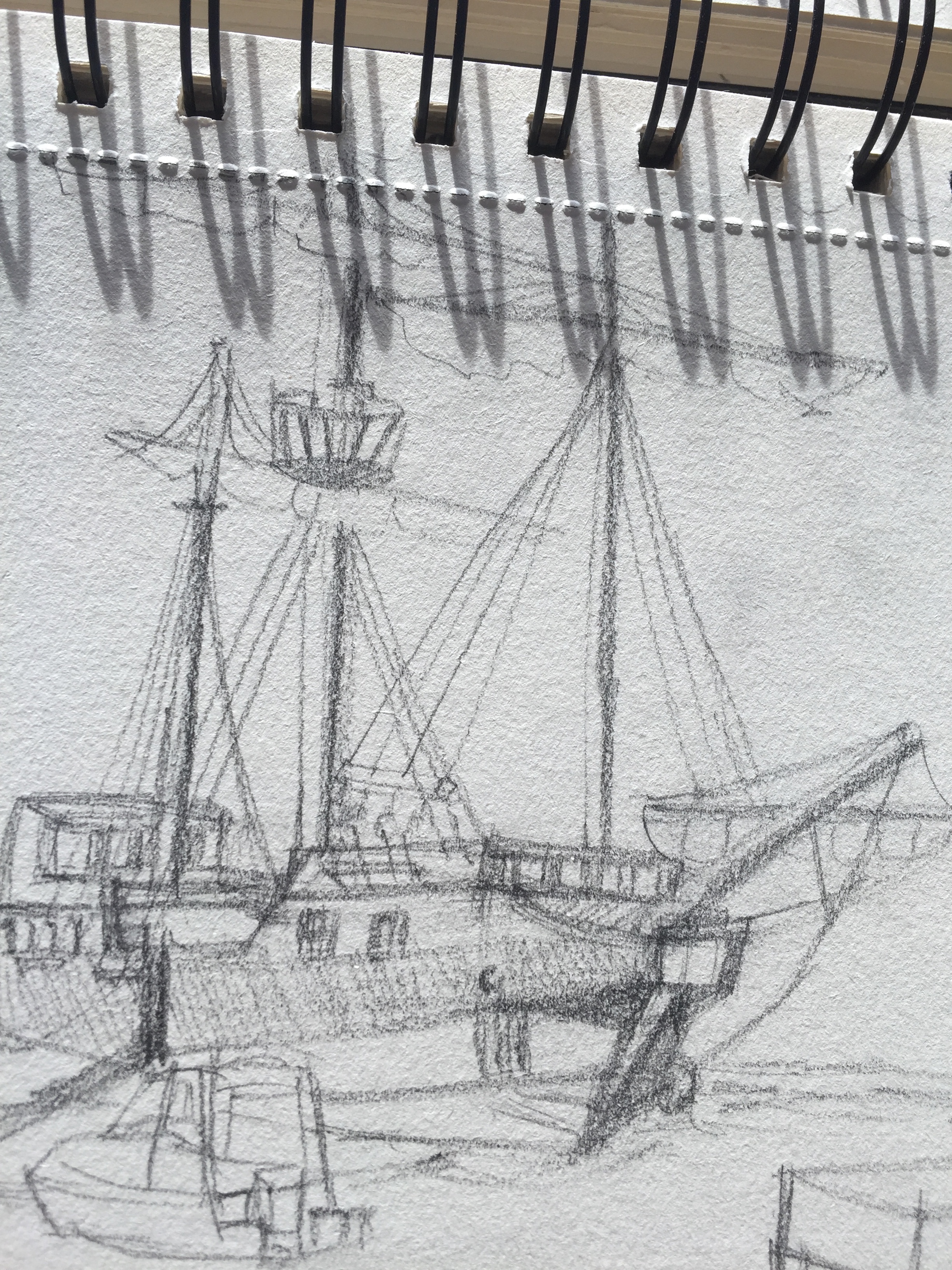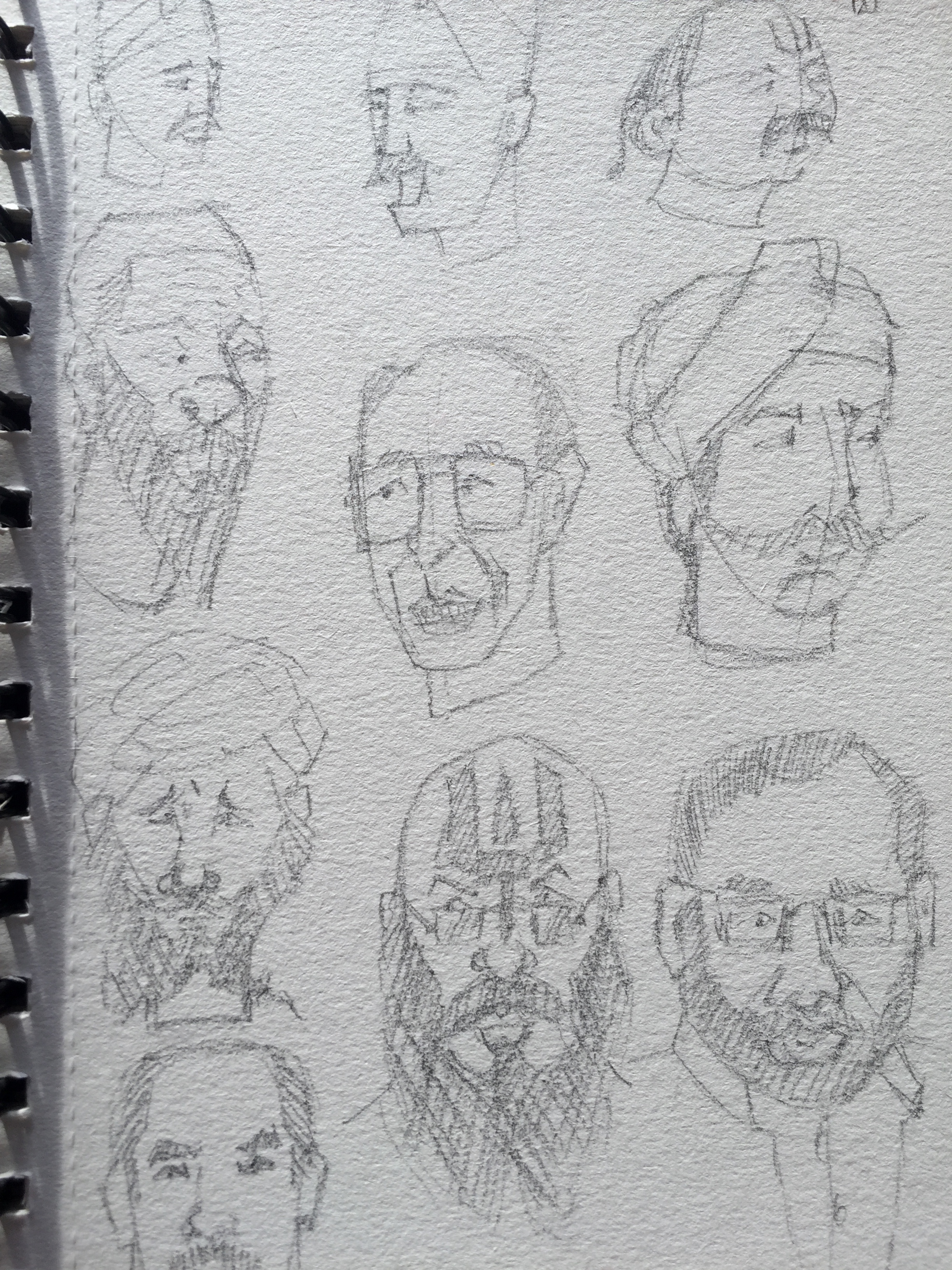Should artists really use 'acid-free' paper?
纸
How is paper made today?
Is acid-free paper just a myth? I think it is necessary for artists to understand why we can use just any paper available in the market today (Yes! Any paper that is made in the past two decades! Read further). So let’s dig in…
The English word for ‘paper’ comes from Greek ‘Papuros’, but the modern paper is similar to the version created by Cai Lun, a Chinese guy in 105 CE. Bark from the Mulberry trees were mixed with hemp. Pulp produced through this process would then be soaked in water and flattened before drying, to form thin sheets of paper. Process of creating paper today stayed pretty much the same. These days Cellulose, Hemi-cellulose and lignin extracted from various plant based sources are converted to a pulp which is mixed with water and some chemicals. It is then flattened, dried and cut to make into individual sheets of paper. Major difference is in the chemicals and the additives, and the new and improved mechanical processes. Also, paper can be recycled. Newspaper or office paper can be de-inked (removal of ink like newspaper print colour or other print chemicals) can be recycled up to 10 times and if the paper is a boxboard type paper (which doesn’t require de-inking) can be recycled up to 20 times.
Chemical composition of paper today
Here is an entire list of chemicals present in modern day paper on wikipedia, but to simplify things, paper consists of materials derived from plants and some chemicals like Calcium Carbonate, clay, Titanium Oxide and other miscellaneous items.
Acid Vs Acid-free
It doesn’t matter. Before going further, here is a question… Why does paper turn yellow at all (in time)? Lignin in paper oxidizes, turning paper yellow overtime. Here is an example of an art work done centuries ago by Leonardo da Vinci. The paper still looks fine.
‘Vitruvian Man’ is centuries old. From this, you can understand that artwork on natural paper does not turn yellow that easy. Paper used may have been hand made since it was probably the only way paper was made in the 15th century.
Today much of paper produced is acid free. This is due to a major shift in using precipitated calcium carbonate instead of kaolin clay. The new and improved process of making paper also deals with a complete exclusion of lignin and sulfur yielding a paper with neutral or a slightly basic pH (present day paper is going to last longer due to a near neutral pH). So the next time you look for a good paper for your art (pencil sketching particularly), try to find paper that is thick enough and durable. You don’t have to waste time or money in finding ‘acid-free’ paper. But if you are still uncertain, storing paper in a cool dry place preferably in a zip locked cover (an inexpensive method) can help preserve paper for a longer period, or if you can, try to laminate your work.
.jpg)






Comments
Post a Comment